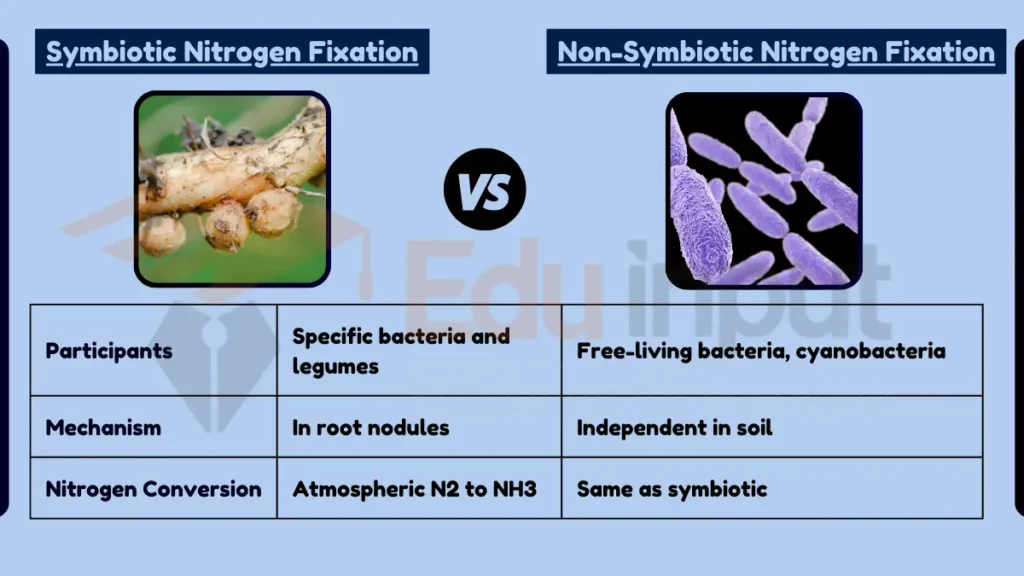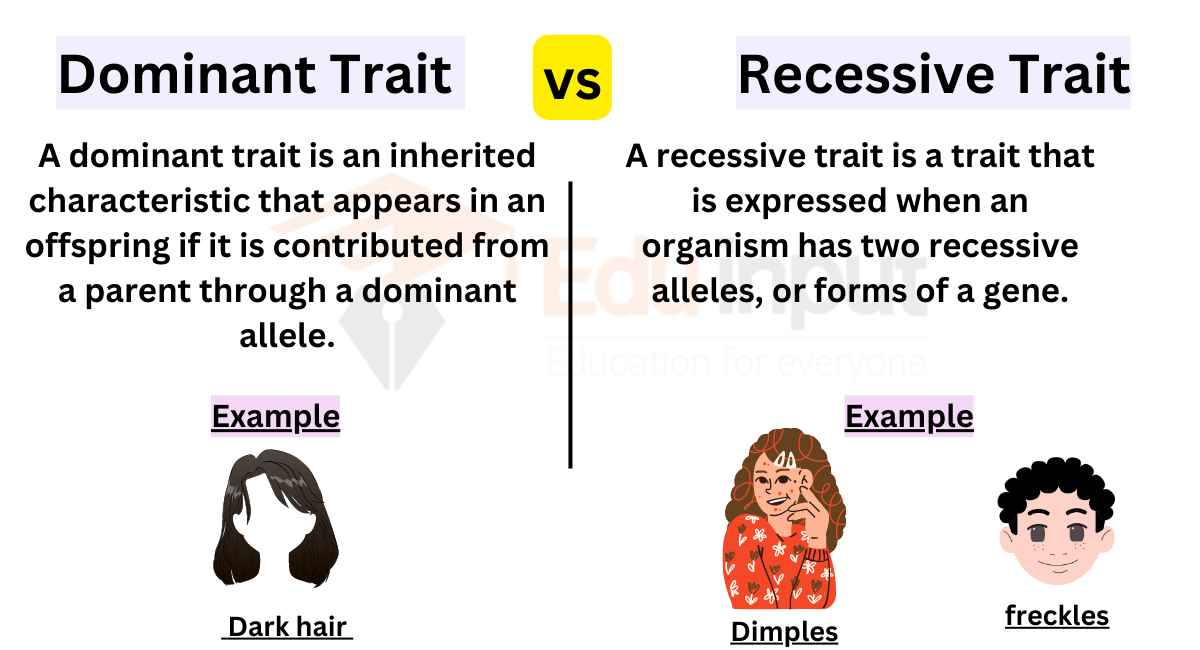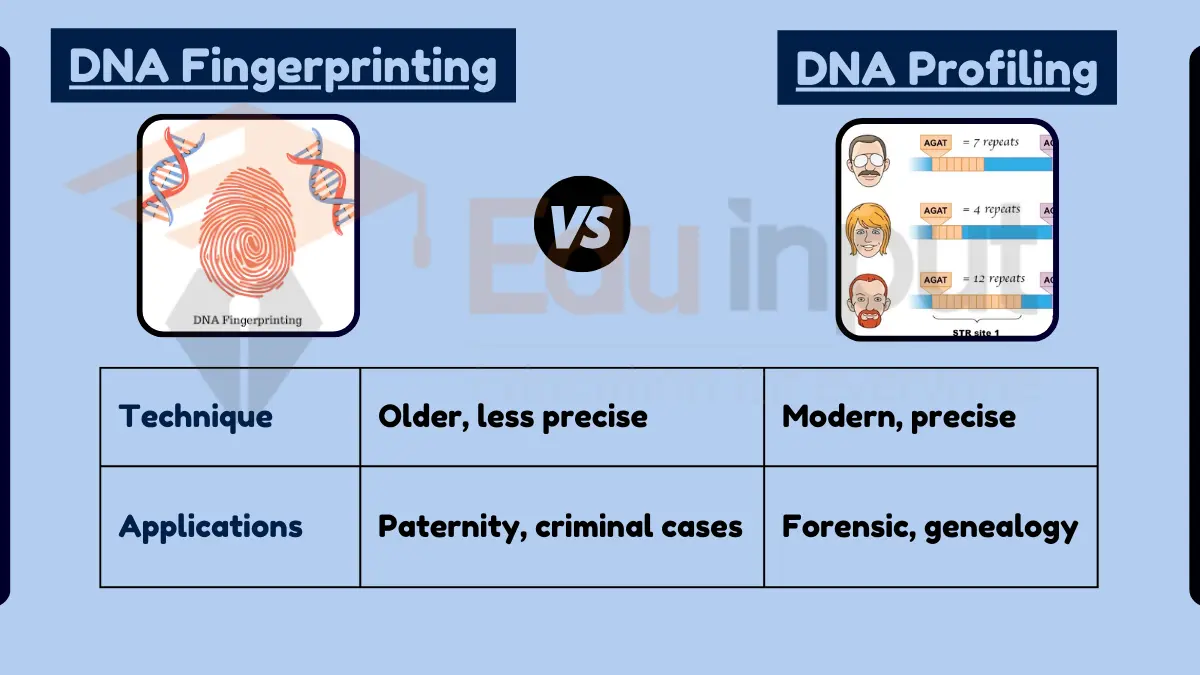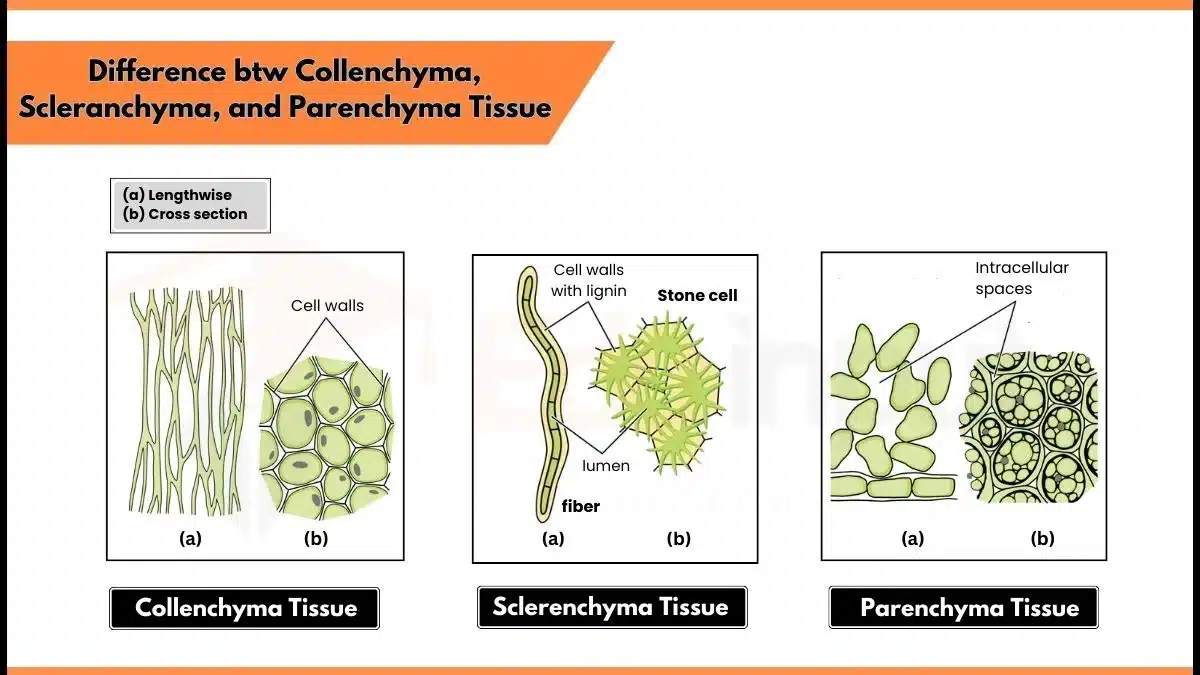Difference Between Symbiotic and Non-Symbiotic Nitrogen Fixation
Key Difference
Symbiotic and non-symbiotic nitrogen fixation are two primary pathways through which nitrogen is converted to a form usable by plants, but they differ significantly in their processes and participants. Symbiotic nitrogen fixation involves a mutualistic relationship between specific types of bacteria and certain plant species, particularly legumes, where bacteria live in root nodules and convert atmospheric nitrogen into ammonia. Non-symbiotic nitrogen fixation, on the other hand, is carried out by free-living bacteria and cyanobacteria in the soil that independently convert atmospheric nitrogen into forms usable by plants, without directly involving a host plant.

Comparative Analysis
- Process Participants:
- Symbiotic: Involves specific bacteria (like Rhizobia) and host plants (mainly legumes).
- Non-Symbiotic: Performed by free-living bacteria and cyanobacteria.
- Mechanism:
- Symbiotic: Bacteria live in root nodules of plants.
- Non-Symbiotic: Bacteria function independently in the soil.
- Nitrogen Conversion:
- Both convert atmospheric nitrogen (N2) to ammonia (NH3).
- Dependency:
- Symbiotic: Dependent on the plant-bacteria relationship.
- Non-Symbiotic: Independent of a specific host plant.
- Ecological Impact:
- Symbiotic: Critical for legume growth, soil fertility.
- Non-Symbiotic: Contributes to nitrogen availability in various ecosystems.
Table Summary:
| Feature | Symbiotic Nitrogen Fixation | Non-Symbiotic Nitrogen Fixation |
|---|---|---|
| Participants | Specific bacteria and legumes | Free-living bacteria, cyanobacteria |
| Mechanism | In root nodules | Independent in soil |
| Nitrogen Conversion | Atmospheric N2 to NH3 | Same as symbiotic |
| Dependency | On plant-bacteria relationship | No specific host needed |
| Ecological Impact | Legume growth, soil health | General nitrogen availability |
Symbiotic and non-symbiotic nitrogen fixation are both essential for converting nitrogen into a form accessible to plants, but they differ in their mechanisms and dependencies. Symbiotic fixation relies on a close relationship between specific bacteria and plants, while non-symbiotic fixation occurs independently in the soil, contributing to nitrogen cycling in various ecosystems.







Leave a Reply